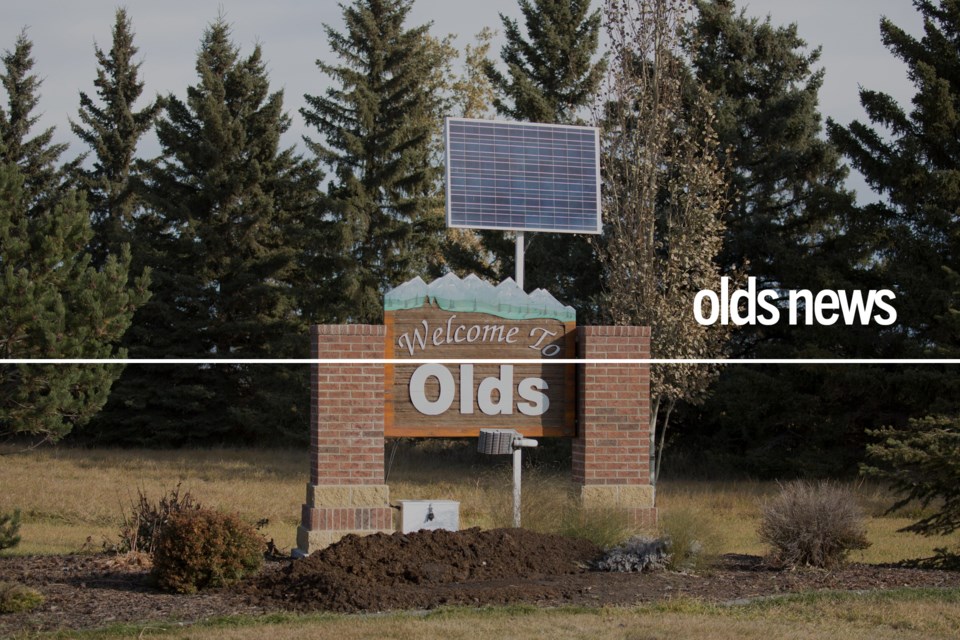OLDS — A solution may be at hand to help Olds deal with huge rainwater events – if the provincial government coughs up the money.
During a town council meeting last month, chief administrative officer Brent Williams said the South Red Deer Regional Wastewater Commission has finalized a grant application to build a $7.2 million surge pond at the Town of Olds' former lagoon site.
The pond would be located on the site of the town’s old sewage lagoons, about 3.5 miles northwest of the town’s new Operations Centre.
The idea is for the pond to absorb the extra water that storm sewers in the community can’t handle.
The money is being applied for under the provincial government’s Water For Life program.
If the project is approved, Williams said the province would pay 90 per cent of the cost and the South Red Deer Regional Wastewater Commission would pay the remaining 10 per cent.
“Olds will not have to pay directly, but it does pay fees to the commission through its wastewater rates,” Williams wrote in an email to the Albertan.
“The application looks good. The commission did an excellent job preparing it in consultation with Stantec (an engineering company),” Williams told councillors.
"We should hear shortly after the provincial budget is passed, in mid to late April, on the success of that (application).”
However, Williams said there’s no guarantee that grant application will be approved – at least this time.
“The program is heavily subscribed – oversubscribed – so there’s a chance we may be denied this year,” he said during the council meeting, adding if that happens they could apply again next year.
Several recent water infiltration events have underlined the fact that the town's aging storm sewer system needs help.
The latest such event occurred in early July when the town was pelted with heavy rainfall.
The volume of water became so great that a lift station failed. Water infiltrated the storm system too quickly for the lift station to pump it out.
In mid-July, town council agreed to take $200,000 out of its reserves to fund repairs and improvements to sewer and water infrastructure.
In his email, Williams said the idea of a surge pond in the community dates back to 2012 when the regional system was built.
“The province’s direction at that time was that it would not fund the capital costs of construction until the need was demonstrated,” he wrote.
“And with the June/July rain events that overwhelmed the regional lift station, we feel the need has been demonstrated.”



